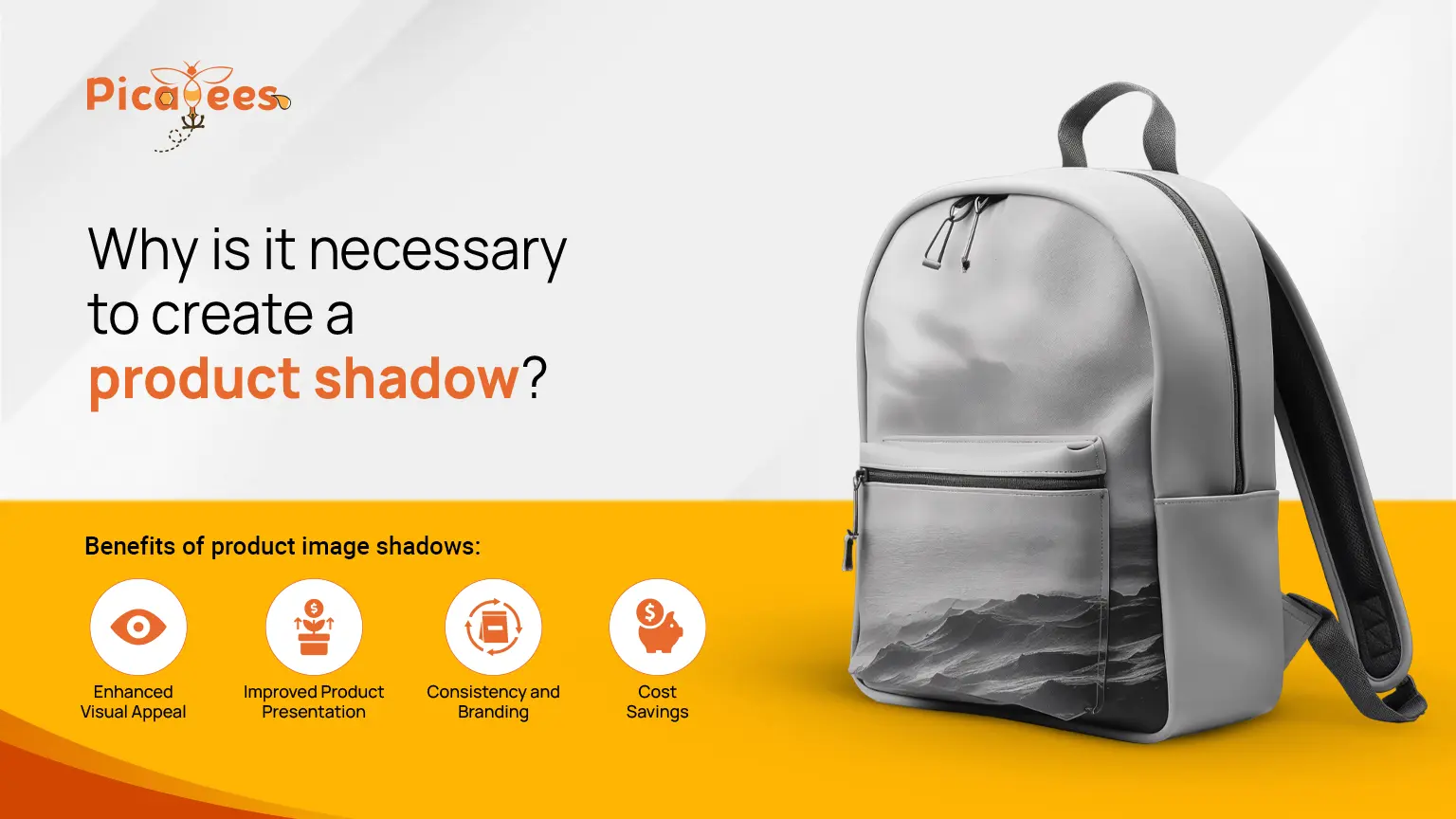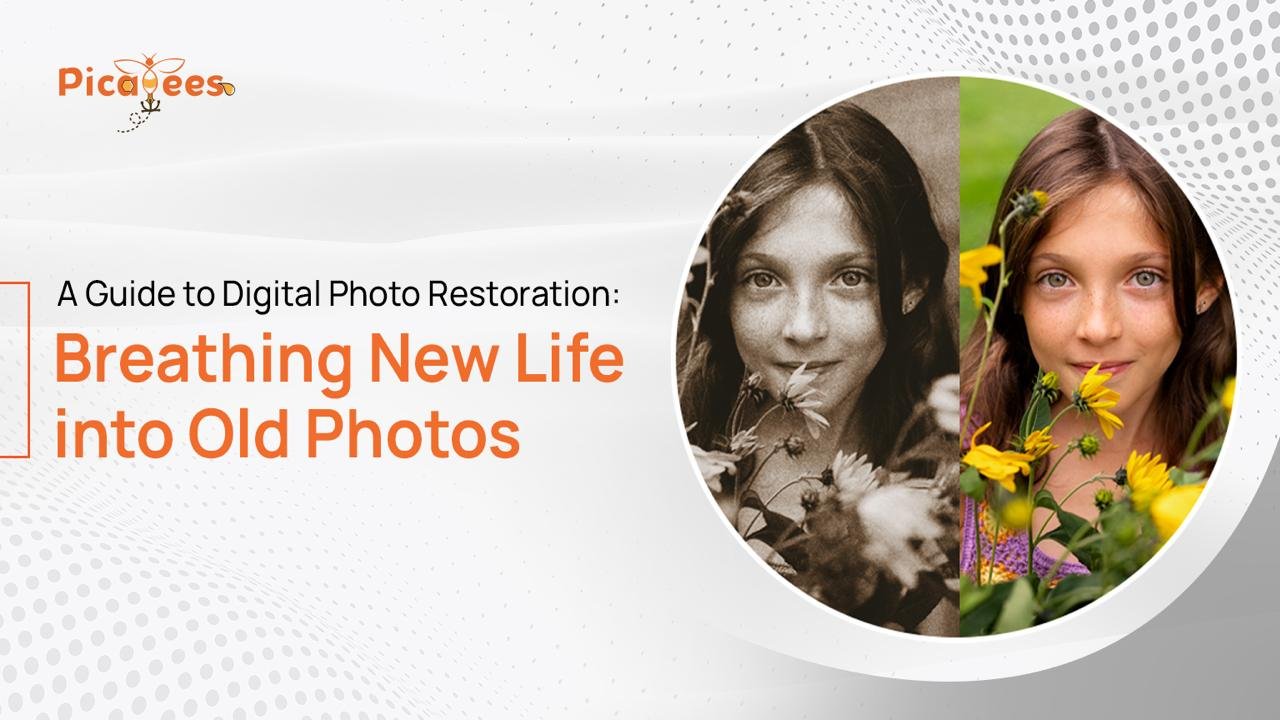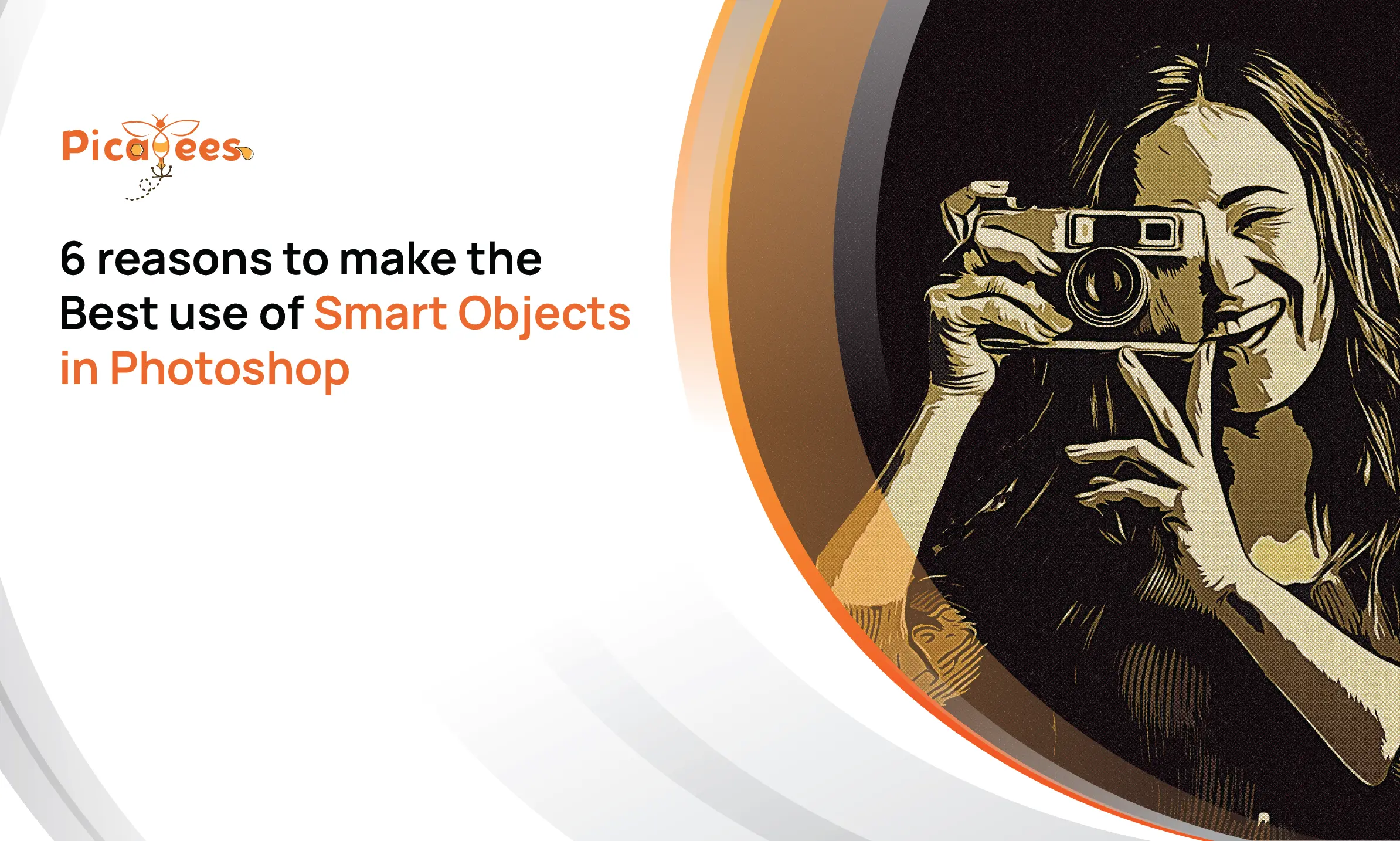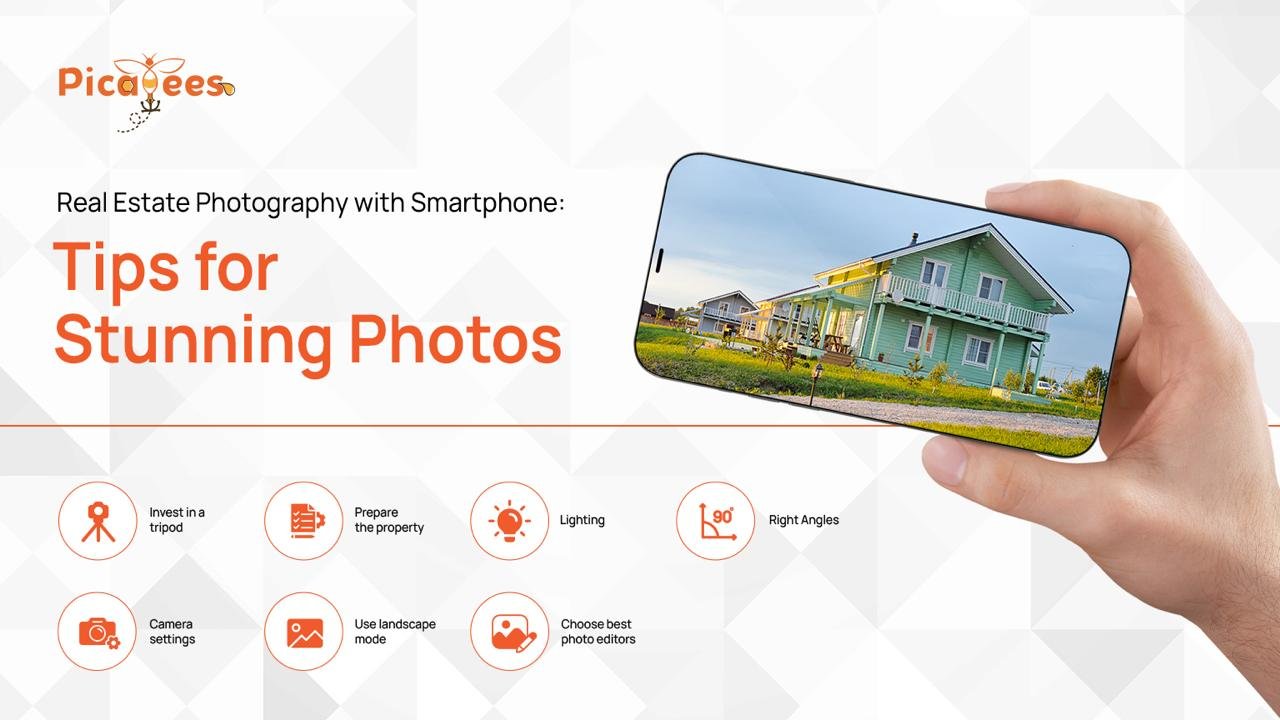Imagine this, you went to a nice restaurant on a lovely Saturday evening with your partner and while you wait for your order, you notice the beautiful yellow light falling on the glass water bottle and think how pleasing it is to look at, even if it’s so simple. And if you looked closer, you would’ve noticed a shadow of the same water bottle on the table which makes the scene look all the more picturesque.
Now this is what shadows do when customers are browsing through your product photos online too, they bring in a sense of reality and help customers get an accurate perception of what the product would look and feel like if they had it in real life.
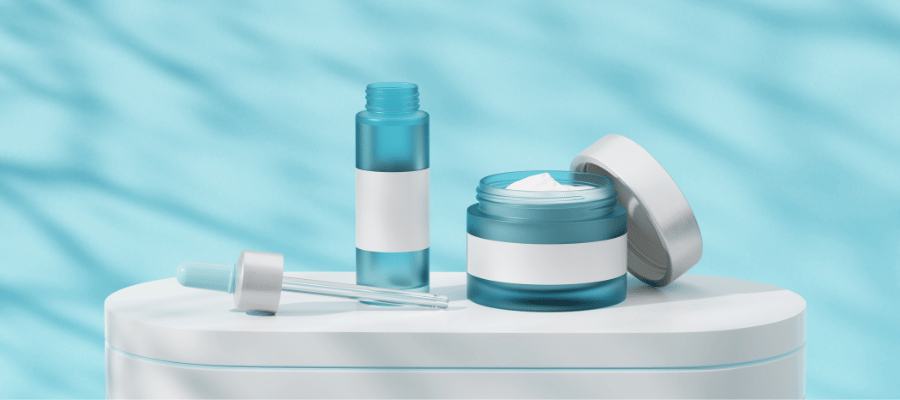
3 Reasons Why Product Image Shadows Matter in Photography
Should product photos have shadows? YES!
The difference between adding an OK image versus adding a pleasing life-like realistic image yields a 30% difference in conversions.
1. Makes products look more natural
As you can see in the shadow-less image above, it does look off, and kind of odd. After giving it a shadow – it becomes 3-dimensional and true-to-life.
2. Improves UX/UI experience
When products line up in neat rows on a product page, it provides for a better user experience for the potential customers sitting behind the screen.
3. Drives credibility and improves conversion drastically
90% of customers see quality photography as the most vital aspect of online sales because, at a subconscious level, people are attracted to things with symmetric, well-balanced images.
Product image shadows – are they necessary? Definitely not. They are not necessary, instead an accessory that completes the product photos by giving it the final touch it needs to look realistic on the website.
Types of Shadows you can add to your product photography portfolios
How the shadow looks depends entirely on the surface of the object and also the quality of the light.
1. Natural shadows
It’s the type of product image shadows that is created when you use one source of light falling onto a subject and the natural shadow is then cast onto the surface behind the product.
Natural shadows mostly rely on the skill of the photographer and his ability to use the lighting in the best way possible. But the problem here is that not every product is suitable for this type of shadow, because they differ in size, shape, and form.
2. Drop Shadows
Drop shadows, primarily used for furniture or shoe photography. This type of product image shadows is designed to replicate the shadow from the sun shining above – so the shade is directly under the object.
When used for furniture, it helps to bridge the gap between offline and online and creates a feeling of being placed on the floor. This allows the customer to picture the piece on their floors and tables.
3. Reflection Shadows
As the name suggests, these are a type of shadows where an object is being reflected from the glossy surface. Widely used when it comes to showcasing luxury products such as jewelry items, and products that have a reflective surface such as perfume bottles.
Skin products and eyewear photography are other areas where this technique of adding reflecting shadows is used extensively.
While adding natural shadows is more of a pre-editing process that happens during a shoot, drop shadows and reflection shadows are post-shoot processes that fall in the hands of expert designers who can make product images stand out with their photo-editing skills.
4. Product Photography Shadows = Better Sales
The benefits of product image shadows making for photography are long-lasting — they help maintain the consistency of your product images throughout marketplaces, your website and social media platforms.
This in turn increases the credibility of your company in the customer’s mind, leading to much higher CTRs and conversions.
If you are looking for a product photo vendor, with the expertise to translate every bland commercial image into a visual treat – COMMISSION ADDING PRODUCT SHADOWS TO PICABEES. We have made shadows for 90+ brands, but we will treat yours as if you were our first and only client.

